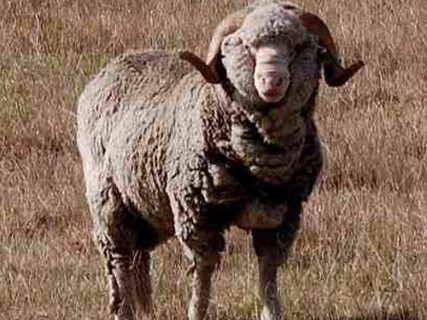Booroola Merino sheep, originating from the Southern Tablelands of New South Wales, Australia, stand out for their exceptional fertility and unique breeding characteristics. Setting them apart from conventional Merino breeds, Booroola Merinos exhibit remarkable reproductive traits that have garnered global recognition.
Foremost among their distinctive attributes is their unparalleled fertility, ranking among the most fecund breeds worldwide. Booroola Merinos boast an impressive average of 2.4 lambs per ewe lambing, with individual instances ranging from 1 to 6 lambs. Notably, Half-Booroola ewes consistently outperform comparable Merinos by weaning an average of 20 percent more lambs under identical conditions. This heightened reproductive capacity translates to increased productivity and profitability for sheep farmers.
A key feature contributing to the remarkable fecundity of Booroola Merinos is the presence of a single gene known as the B gene, also referred to as the F gene for fecundity. This genetic trait, encapsulated within the Booroola gene pool, serves as the cornerstone of their prolificacy. Remarkably, the B gene can be successfully transferred into various sheep breeds, offering the potential to enhance reproductive efficiency across diverse genetic lines.
Moreover, Booroola Merinos exhibit a unique ability to breed at multiple times throughout the year, effectively extending the traditional breeding season. This flexibility in reproductive timing further enhances their utility and adaptability in various farming systems and environments.
Importantly, the remarkable profligacy of Booroola Merino sheep is not contingent upon specific nutritional conditions, underscoring the inherent genetic basis of their exceptional fertility. This genetic resilience ensures consistent reproductive performance across different management practices and feeding regimes.
In summary, Booroola Merino sheep epitomize a pinnacle of reproductive excellence within the global sheep farming community, offering unparalleled fertility, adaptability, and genetic potential to enhance productivity and sustainability in sheep production systems worldwide.
